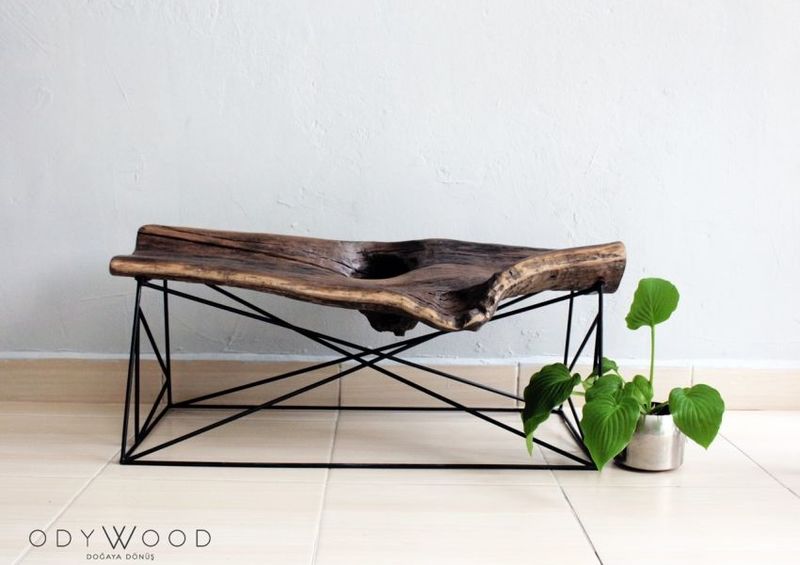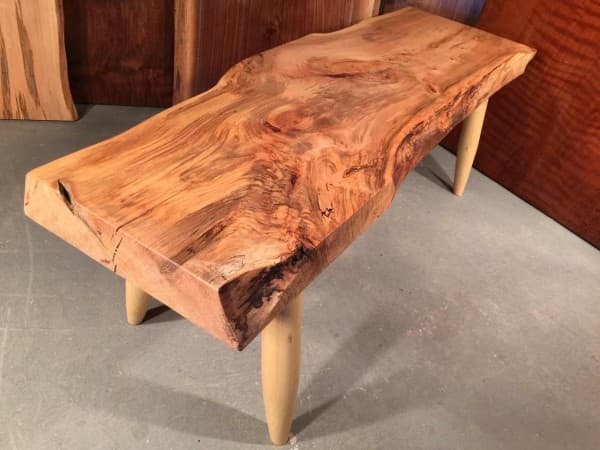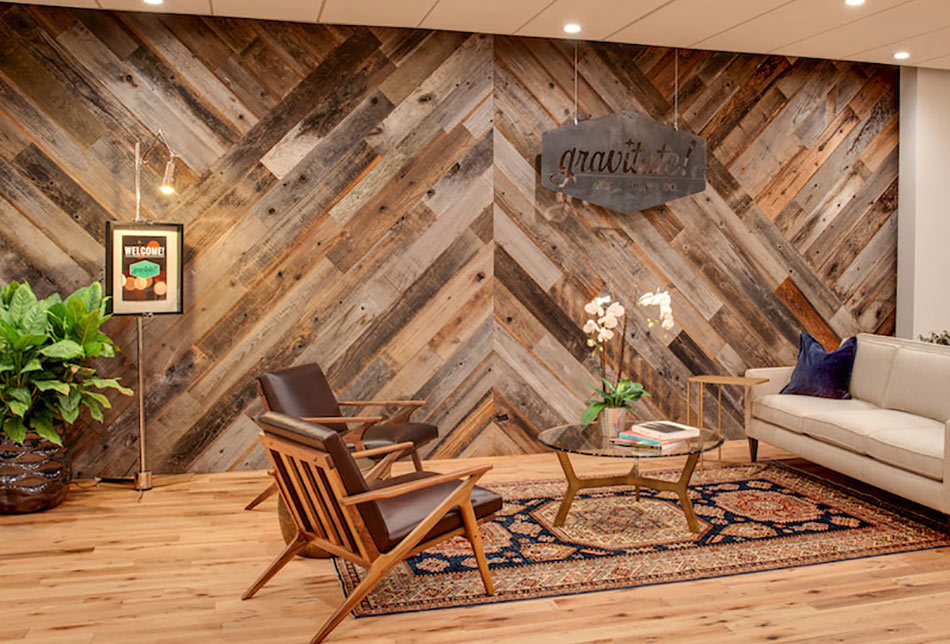Joshua Beijer
Aesthetics Exploration: Naturalist Wood

Michael Hemsworth – ODYWOOD – May 30, 2019 – https://www.trendhunter.com/trends/odywood-kovuk
The naturalist wood aesthetic emerged during the late 19th and early 20th centuries as a response to the Industrial Revolution and the growing disconnect between humanity and nature. This artistic movement sought to celebrate the inherent beauty of wood and its organic forms, emphasizing craftsmanship, simplicity, and form over function.

Rachel Nelson – Pinterest – https://www.pinterest.com/ra7xchel/
The roots of the naturalist wood aesthetic can be traced back to the Arts and Crafts movement, which gained prominence in the late 19th century. Influential figures like William Morris and John Ruskin advocated for a return to traditional craftsmanship and a rejection of mass-produced goods. This movement laid the groundwork for the naturalist wood aesthetic by emphasizing the value of handmade, nature-inspired objects.

Paul Dumond – Dumond’s Furniture – https://dumonds.com/furniture-trends-rise-live-edge-wood-furniture/
One of the significant players in the development of the naturalist wood aesthetic was the American architect and designer Gustav Stickley. In the early 20th century, Stickley became a leading figure in the Arts and Crafts movement in the United States. He championed the use of natural materials, particularly wood, in furniture and architectural design. Stickley’s furniture designs often featured simple lines, exposed joinery, and a focus on the natural grain patterns of wood.

Another influential figure in the naturalist wood aesthetic was the Scottish architect and designer Charles Rennie Mackintosh. Mackintosh’s work, particularly his designs for the Glasgow School of Art, showcased a harmonious integration of wood and other natural materials. His furniture designs often featured clean lines and geometric shapes, reflecting a balance between functionality and aesthetic appeal.

Studios Architecture – Plenty of wood in a workplace environment contributes to employee wellness
The naturalist wood aesthetic was heavily influenced by the broader cultural shift towards a more holistic and organic lifestyle. As industrialization progressed, there was a growing nostalgia for the simplicity of pre-industrial times. Artists and designers sought to reconnect with nature and celebrate the inherent beauty of materials like wood.

K. Maxwell – Littlebranch Farm – Sept 23, 2023 – https://www.littlebranchfarm.com/category/custom-furniture/
This aesthetic has had a lasting impact on various design disciplines, influencing not only furniture but also architecture, interior design, and decorative arts. The principles of the naturalist wood aesthetic can be seen in contemporary design movements that prioritize sustainability, craftsmanship, and a connection to the environment.
In recent years, there has been a resurgence of interest in the naturalist wood aesthetic as people seek to incorporate more natural elements into their living spaces through live edge pieces and natural-looking stains and paint on the wood. Designers and artisans are exploring innovative ways to showcase the beauty of wood, often using reclaimed or sustainably sourced materials. The aesthetic’s emphasis on craftsmanship and simplicity aligns with the growing movement towards minimalism and conscious consumption. This craftsmanship method leads to one-of-a-kind pieces that are highly sought after today.
Aided by Open.ai ChatGPT 3.5

4 Comments. Leave new
Hi Josh, I really enjoyed reading about the naturalist aesthetic. I love the way you went into depth about the history of the aesthetic and mention several influential figures in the scene. I would have love to have heard more about how one can incorporate naturalism in their own environments, or the cultural effect of the shift towards naturalism post industrialization.
Thank you for your comments, Adlai. I added in a few ways in which people incorporate naturalism in their own environments. These primarily consist of live edge pieces and natural-looking stains and paint on the wood.
Josh, I am a huge fan of the naturalist wood aesthetic, and I think you did a wonderful job explaining where this aesthetic came from, who contributed, and how it changed the game for furniture and design!
I am curious to hear more about a certain piece that you find fascinating, and how you see this aesthetic within it! Additionally, I wonder if a discussion about non-wood naturalist furniture would help broaden your post to the topic of “Naturalist Furniture”.
Overall, well done.
Thank you for your comments, Michael. I realized that the aesthetic I was trying to focus on was the wood pieces and renamed the post accordingly.